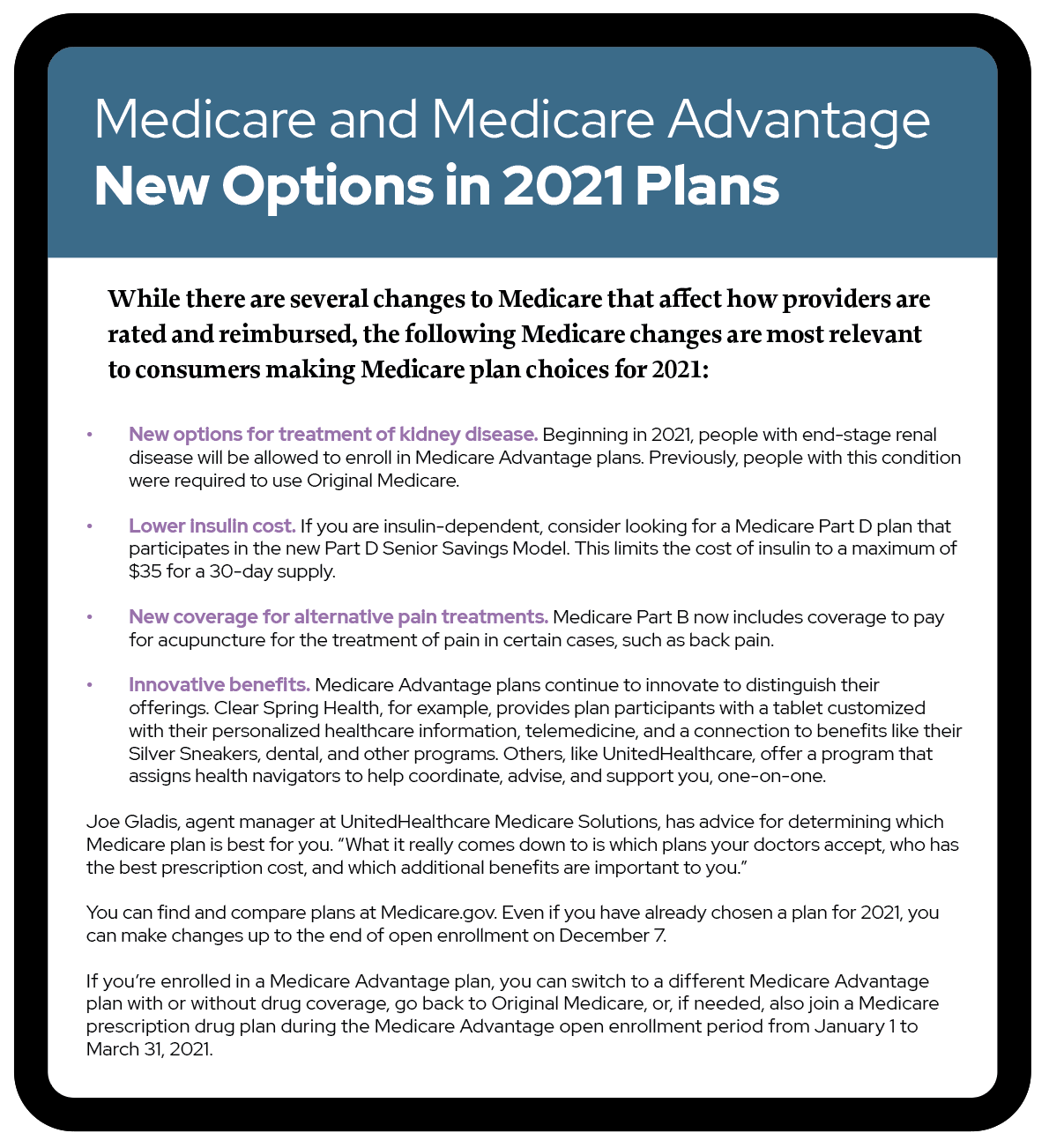
Karen Purze is an author based in Chicago, IL. She writes about end-of-life planning and family caregiving at lifeinmotionguide.com.
Expanded Medicare benefit brings access to millions
Telemedicine coverage is not new, even for Medicare, which began expanding coverage for telehealth services in 2019. But when the Centers for Medicare and Medicaid Services (CMS) made changes to cover a broader range of services in response to the coronavirus pandemic, telehealth exploded.
Previously, Medicare only covered telehealth services in limited circumstances, such as when the person was in a rural area, and even then, the person had to travel to a clinic or other medical facility for the telehealth visit. Now, millions of Medicare patients have easier access to healthcare with the ability to use a variety of services from their homes.
To put the growth in context, before March 2020, only 14,000 beneficiaries received a Medicare telehealth service in a typical week. During the last week of April 2020, nearly 1.7 million received telehealth services. In total, more than 12.1 million beneficiaries received a Medicare telehealth service from mid-March through mid-August — a number that has only grown since that time.
While the pandemic response drove the rapid deployment of telemedicine, physicians and patients see great potential for its continued use. The change was implemented on a temporary, emergency basis, but CMS is making the new benefits permanent.
“The Covid-19 pandemic has accelerated consumer adoption of telehealth services,” says Matthew Post, senior vice president of sales and marketing at Clear Spring Health, which offers Medicare Advantage plans. “[The CMS changes] substantiate telehealth as a viable mode of healthcare delivery.”
In addition to providing access to care while seniors stay at home during the pandemic, virtual visits allow physicians to get a glimpse into a patient’s environment and better understand how social, economic, and physical factors contribute to their overall health.
Yet, telemedicine is not a panacea. “Telemedicine can never fully replace in-person care, but it can complement and enhance in-person care by furnishing one more powerful clinical tool to increase access and choices for America’s seniors,” said CMS Administrator Seema Verma in an August press release.
While telehealth often entails a video call, phone calls are an option too. Mari Philipsborn of Chicago recently joined her father on such a phone call. In addition to allowing her to participate in a doctor’s visit without taking significant time off work, she says the phone, rather than video, “does a nice job of protecting the privacy of the parent. I can participate without being in the room during an exam.”
Telehealth can help older adults stay connected to their medical team, says Beth Myers, co-author of The Confident Patient and CEO of 2×2 Health, a private health concierge in Chicago.
“We recommend preparing for your telehealth visit like you would any medical appointment,” Myers says. “Think about and write down your questions in advance, have an updated list of your medications, and, if possible, have someone from your support system join you to help take notes and serve as an additional set of eyes and ears to assist you in remembering what was discussed and next steps.”









